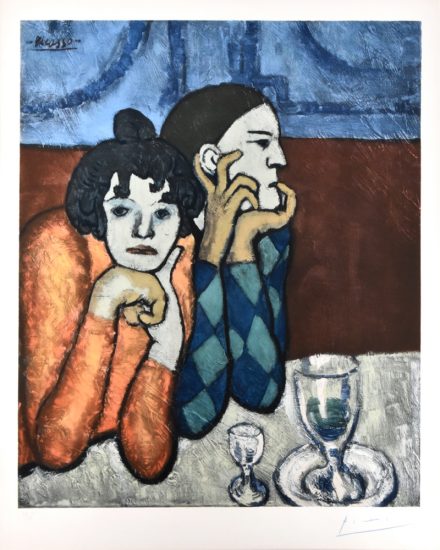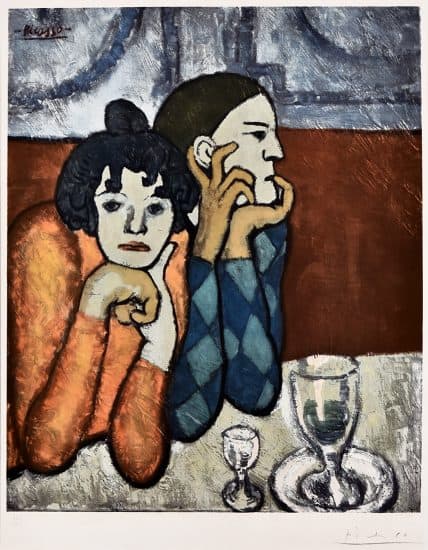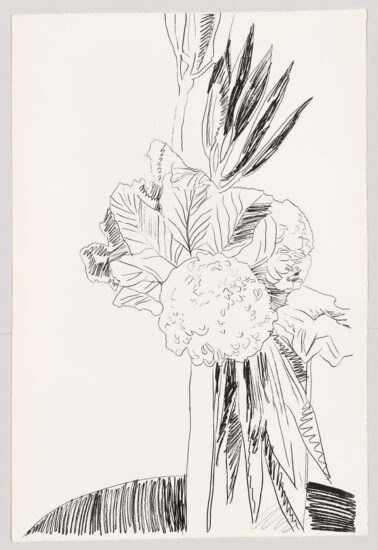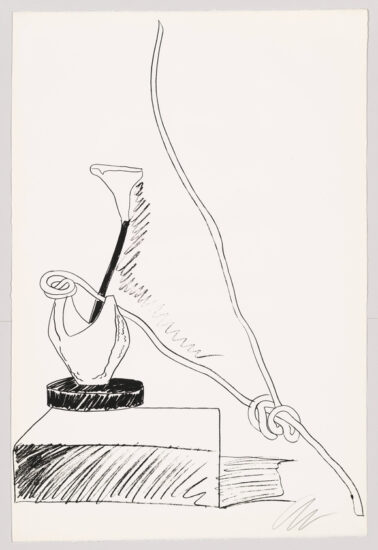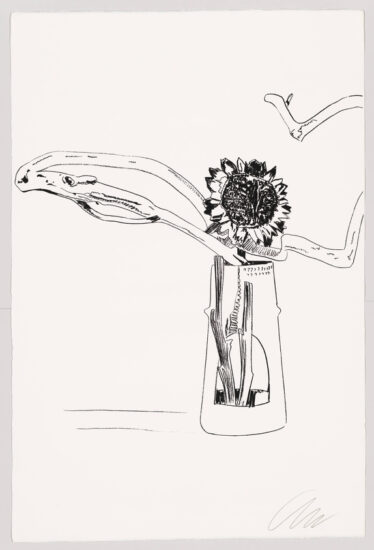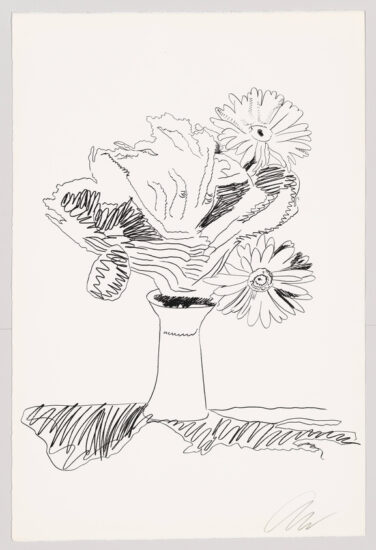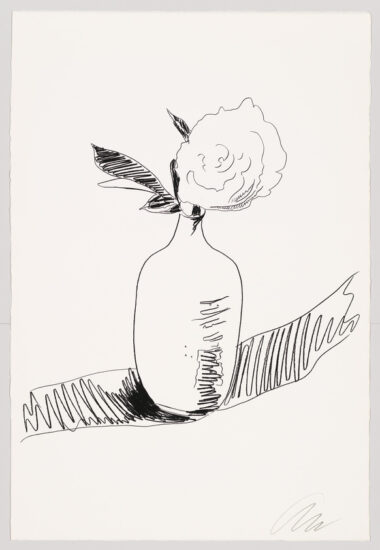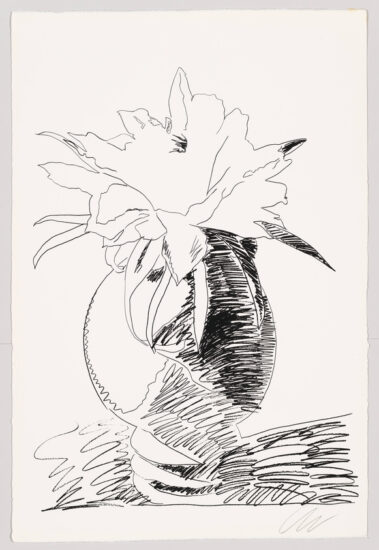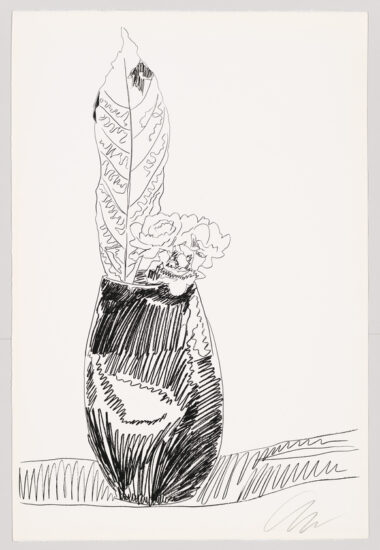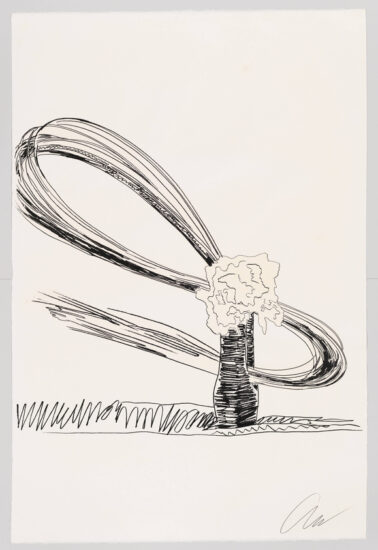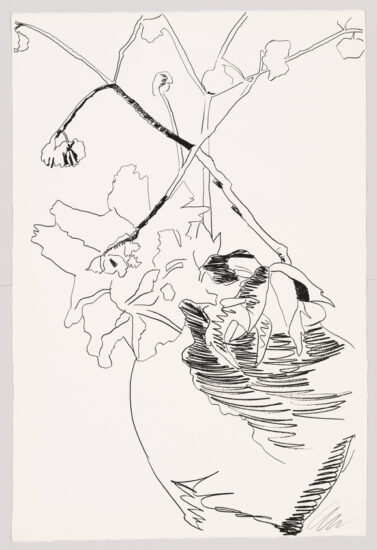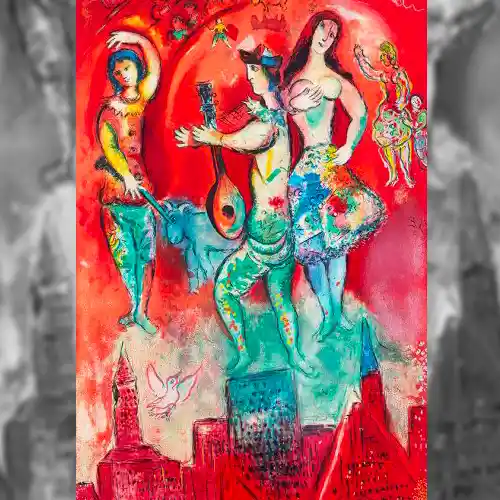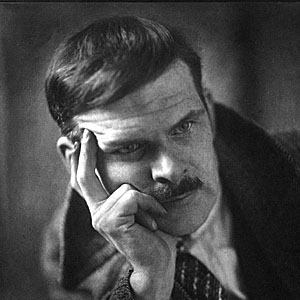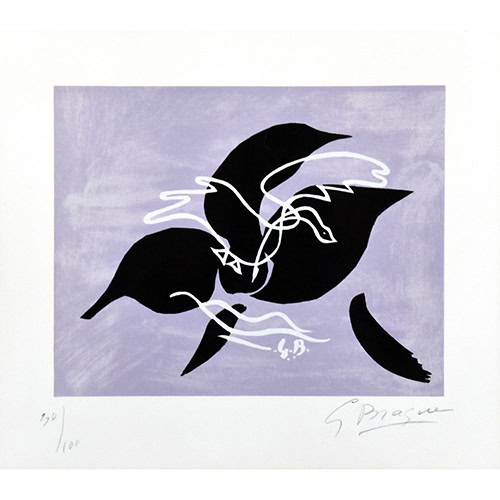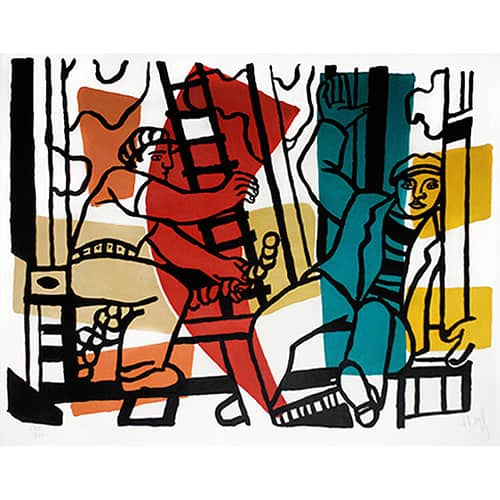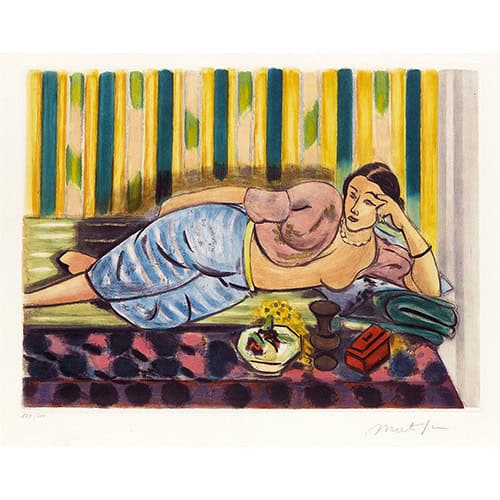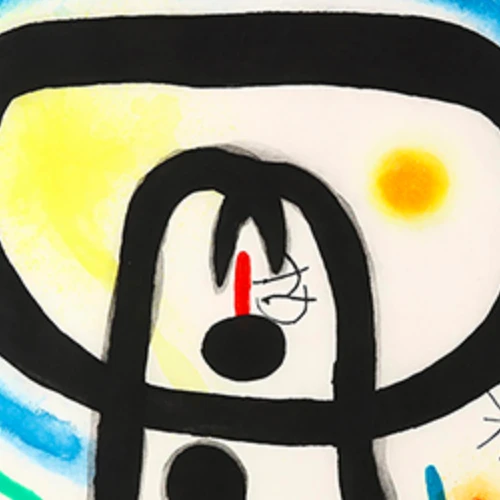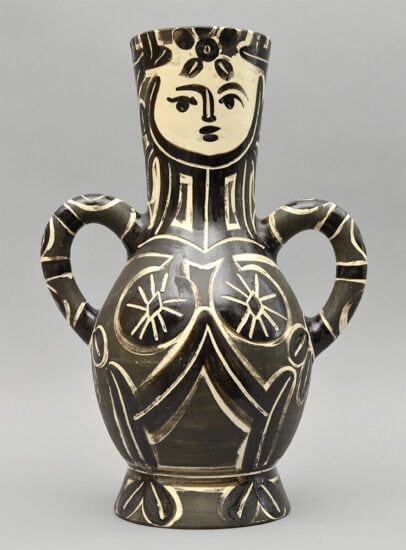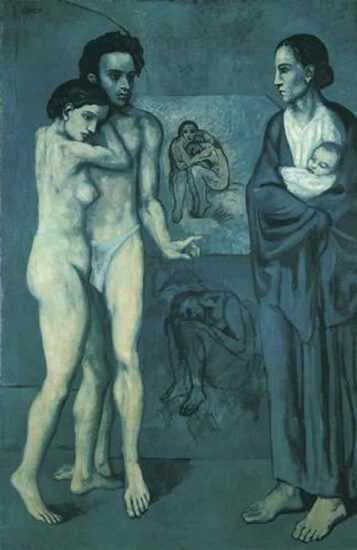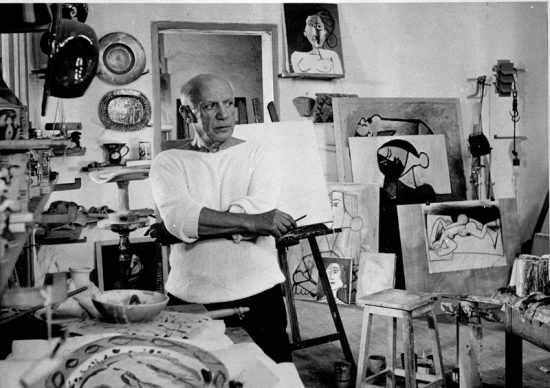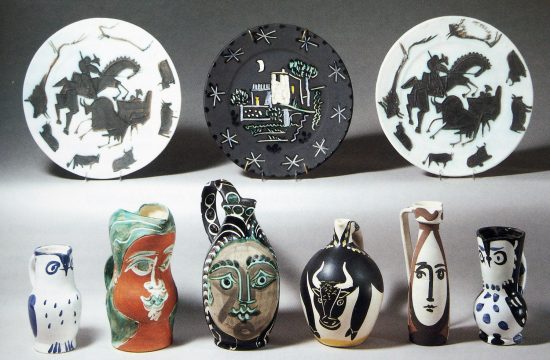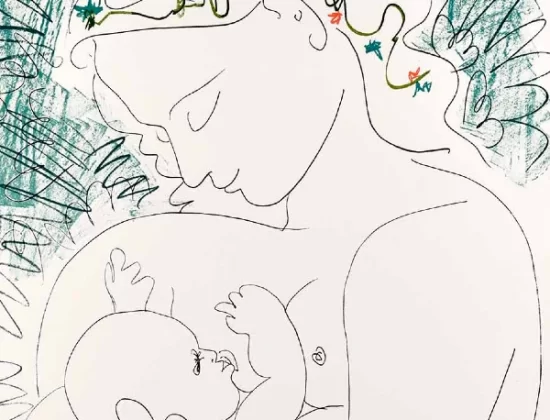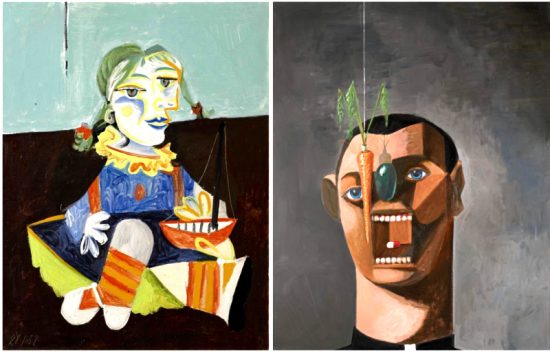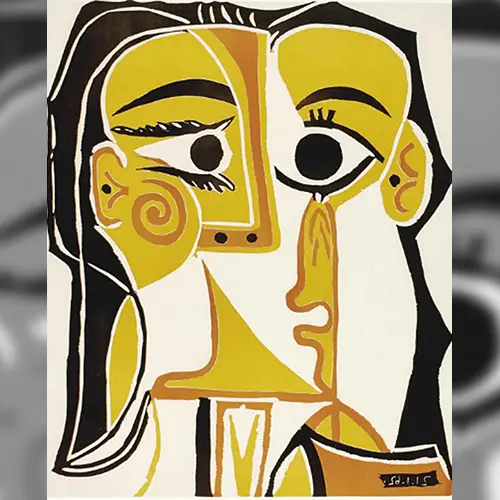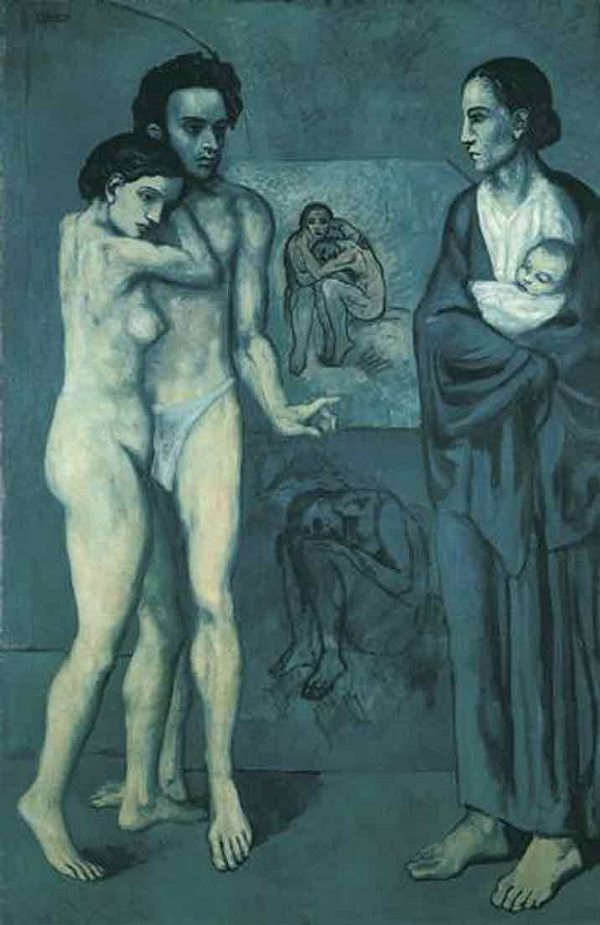
Pablo Picasso Blue Period (1901-1904) and his Paintings:
Hailed as a defining moment in Pablo Picasso’s* artistic career, The Blue Period (1901-1904) was inspired by Picasso’s own emotional turmoil and financial destitution. Following a journey through Spain and the suicide of his close friend and confidant Carlos Casagemas (1881-1901) in February 1901, Picasso’s work took a dramatic turn. Casagemas, a poet, fell victim to unrequited love and ultimately took his own life after attempting to kill his scorned lover. His suicide had a deep and profound affect on Picasso, who was struggling as an unrecognized and poverty-stricken artist living in Paris at the time.
Beginning with several paintings memorializing Casagemas in late 1901, Pablo Picasso’s themes grew solemn and dark due to his depression. He adopted a nearly monochromatic palette of blues and blue greens and began to convey somber scenes of misery and misfortune. The monochromatic use of blue was commonly used in symbolist paintings in Spain and France, where it was often affiliated with the emotions of melancholy and despair, suggesting that Picasso drew inspiration for The Blue Period from his time spent in Spain observing these symbolist works.
“Picasso metaphorically allows his subjects to escape their fate and occupy a utopian state of grace. Some are afflicted with blindness, a physical condition that symbolically suggests the presence of spiritual inner vision.”
The Blue Period also directed Picasso’s attention to subjects of misfortune: beggars, drunks, prostitutes, and the crippled, hungry, sick, and destitute. However, rather than show the specific circumstances of their misfortune, Picasso elongated his subjects’ forms, endowing them with a unique sense of haunting beauty and supernatural grace. As the National Gallery of Art (2014) suggests, by idealizing these figures, “Picasso metaphorically allows his subjects to escape their fate and occupy a utopian state of grace. Some are afflicted with blindness, a physical condition that symbolically suggests the presence of spiritual inner vision.”
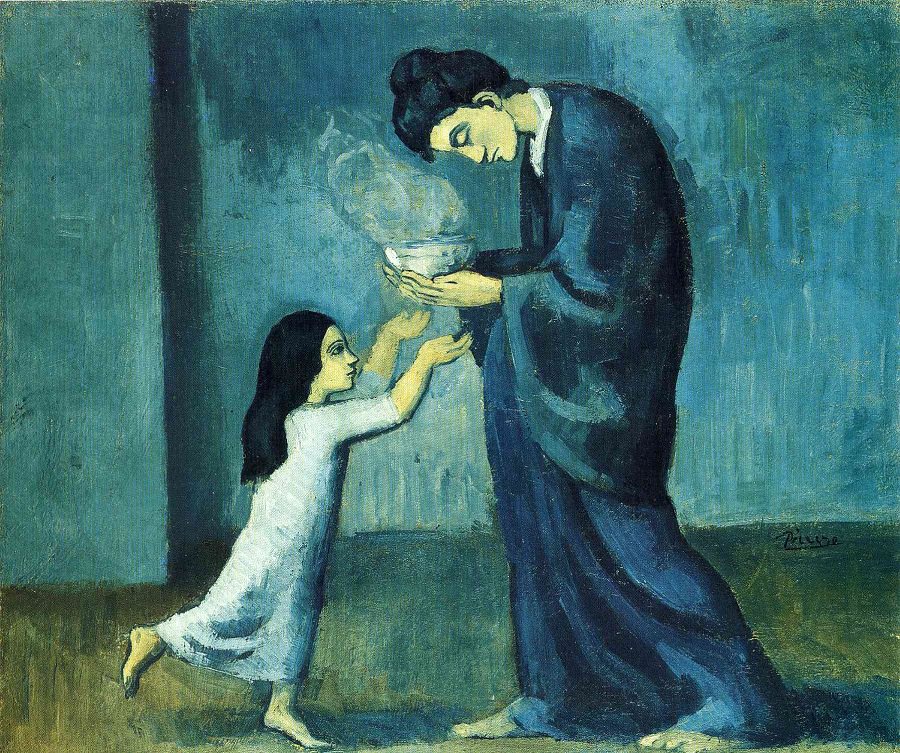
Throughout the Blue Period, Pablo Picasso produced many works addressing symbolic, philosophical, and humanitarian themes. La Vie, one of Picasso’s most iconic and mysterious works, has been interpreted (and disputed) by historians as an allegorical reference to birth, death, and redemption, the responsibilities of daily life, sexual incompatibility, and the struggles behind artistic creativity. A nude couple and a robed woman cradling a baby stand ominously before two paintings that depict figures crouched over in despair. The composition is stilted, the space compressed, the gestures stiff, and the tones predominantly blue – features characteristic of works from Picasso’s Blue Period. La Vie began as a self-portrait, but Picasso soon found his own features transforming to those of his lost friend Casagemas (the male figure on the left), perhaps suggesting the very personal nature of this work.
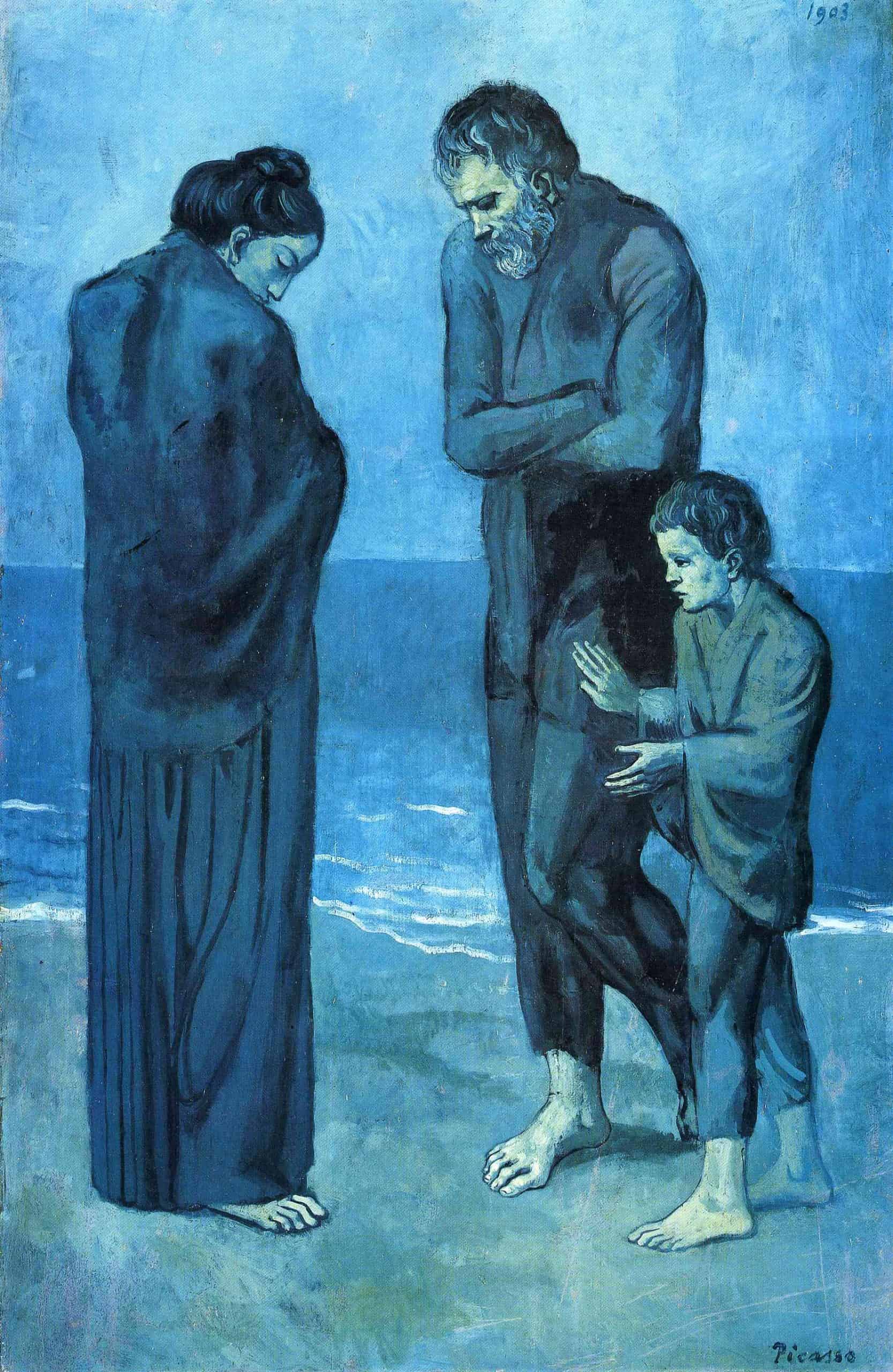
While Picasso worked predominantly as a painter during The Blue Period, he also created phenomenal prints in the style of The Blue Period. These marvelous prints are often created after the image of renowned Picasso paintings, such as The Embrace and The Two Saltimbanques (Harlequin and his Companion). Picasso also incorporated pochoir, or hand-applied watercolor, to the majority of these prints, further contributing a sense of texture and emotion. Picasso’s journey into the dark depths of The Blue Period transformed his career as an artist. As a result, these prints, created in the style of The Blue Period, are amongst Picasso’s most valuable and desirable prints in today’s market. While The Blue Period ultimately defined Picasso as a modern artist, it serves as a reflection of Picasso’s own melancholy nature during a difficult period in his life. Furthermore, it highlights Picasso’s immense ability as an artist to channel his own misery and hardship into a revolutionary form of artistic expression.
REFERENCES:
- Pablo Picasso Blue http://www.people.vcu.edu/~djbromle/modern04/paulh/index.htm
- Pablo Picasso, Art Periods: https://www.pablo-ruiz-picasso.net/periods.php
- Período azul de Pablo Picasso (1901-1904) en español
* As an Amazon Associate I earn from qualifying purchases.

